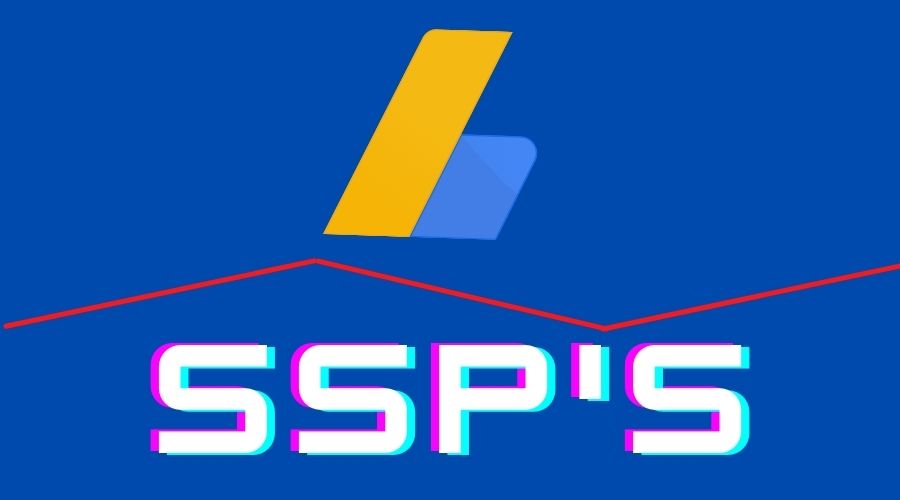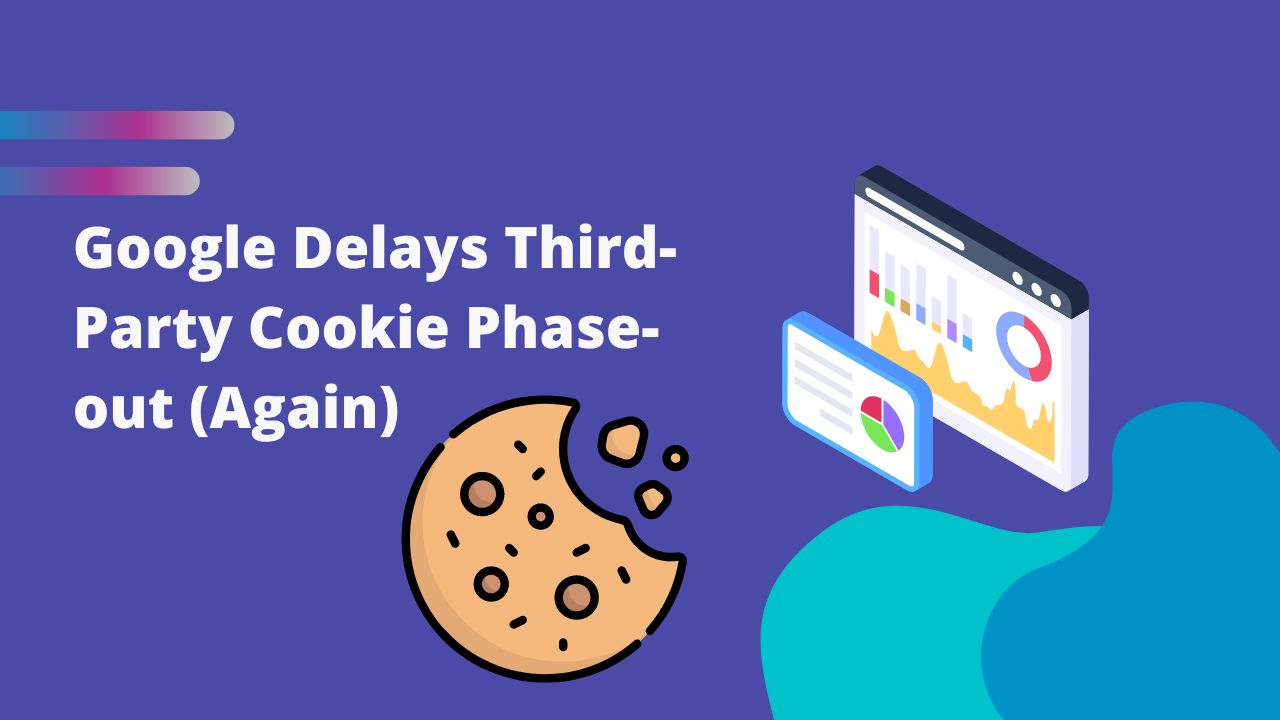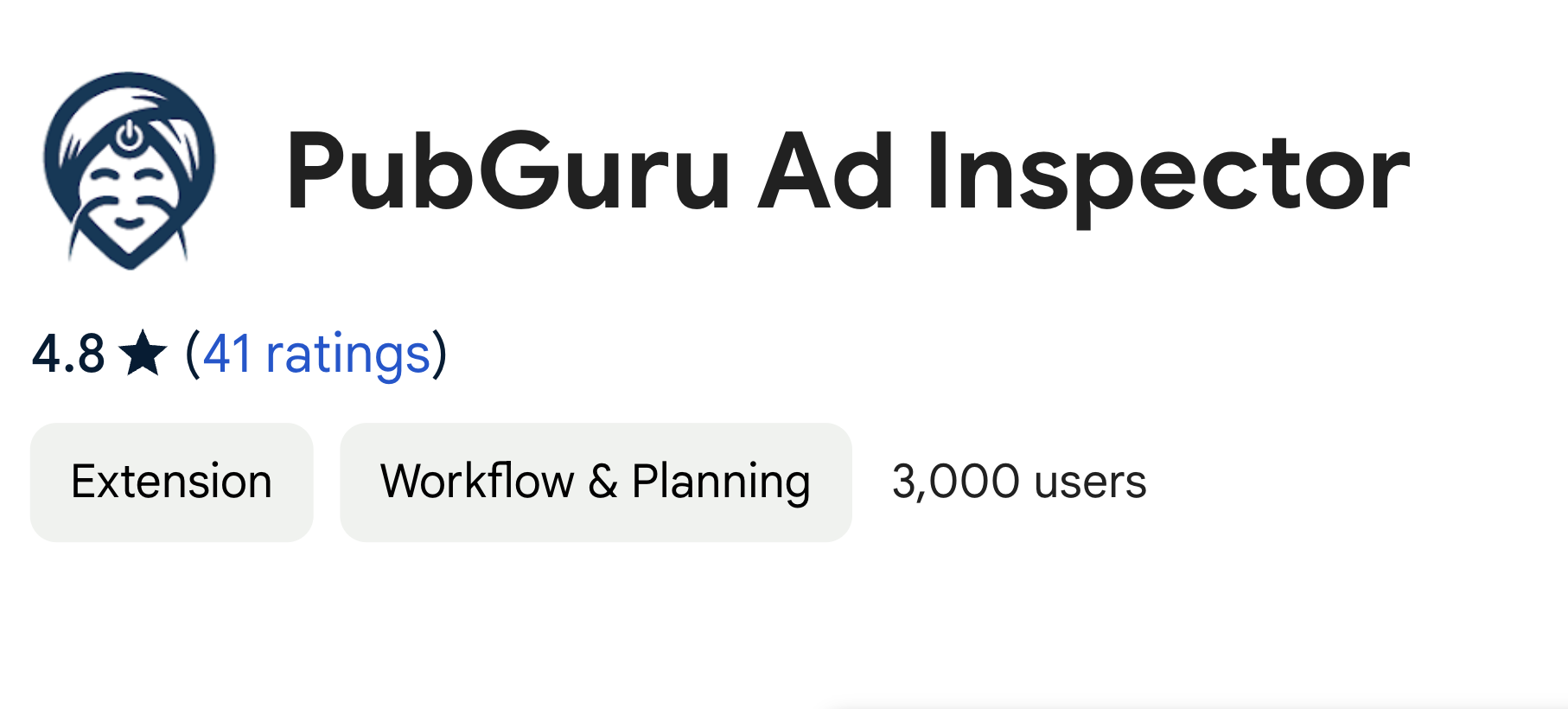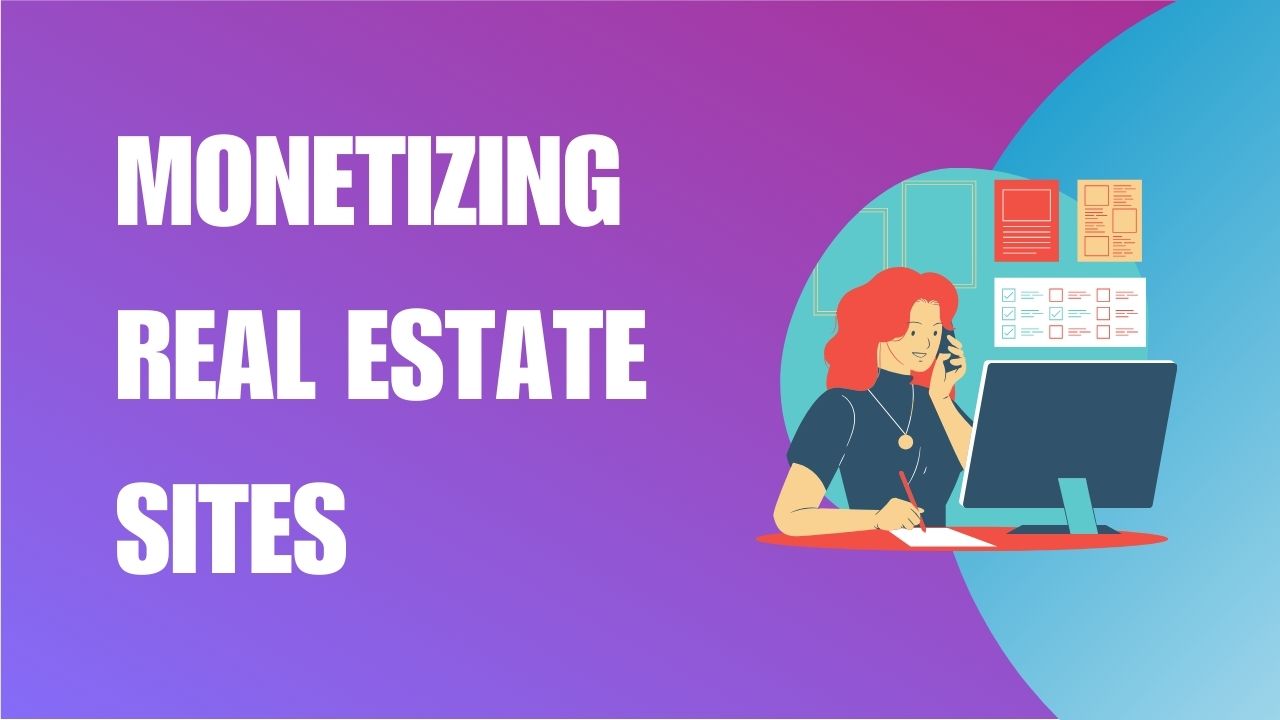
Choosing the right monetization strategy can be a major headache for publishers, with options like Google AdSense and various Supply-Side Platforms (SSPs) presenting an intricate maze to navigate. This in-depth article aims to demystify the choice between the user-friendly yet potentially limiting AdSense and the more intricate, potentially more lucrative world of SSPs. We’ll explore how each platform can impact your website’s monetization strategy, dissecting its pros and cons to help you make an informed decision that aligns with your specific needs.
AdSense offers a straightforward, accessible path, particularly appealing to new publishers or those with smaller websites. It’s recognized for its ease of integration and a broad range of ad options. However, as your website grows, the need for a more sophisticated approach arises, and this is where SSPs step in. Offering advanced features and the potential for higher revenue through real-time bidding and comprehensive ad inventory management, SSPs cater to publishers looking to scale their operations and optimize their ad revenue.
This comprehensive guide will delve into the nuances of both AdSense and SSPs, offering clarity on their functionality, user experience implications, and impact on site performance. We understand that the choice between AdSense and SSPs is not just about immediate gains but also about long-term strategic growth and sustainability. By comparing these platforms, we aim to equip you with the knowledge to choose not just a monetization tool, but a partner in your website’s growth journey.
Google AdSense is best suited for beginner publishers or small websites due to its ease of use and low entry barriers. It offers a user-friendly platform with reliable payments but generally lower revenue potential. On the other hand, SSPs like PubMatic and Index Exchange are ideal for larger publishers with higher traffic, offering higher revenue potential through real-time bidding and greater control over ad inventory. SSPs, however, are more complex to manage and often have minimum traffic requirements.
As a starter Publisher, you can monetize your website with Google AdSense. The publisher installs a code snippet on their site & selects where they want the ads to appear, reducing the amount of manual input required. Ad placements, ad units of all ad sizes can be managed responsively with Google AdSense.
Once AdSense is active, advertisers bid on ad spaces based on the profile of that website’s audience. AdSense is able to pay publishers per impression/click by billing the advertiser after the ads are served. 99% of starter publishers go with Google AdSense first for website monetization as it easily delivers high-quality ads that sync with their content.
AdSense is:
As Google AdSense pays per click, you should check your click-through rate (CTR). If your CTRs are over 1% and don’t fluctuate, Google AdSense can outperform header bidding. However, CTRs always fluctuate & the clicks on ads change dynamically, so you can lose out on ad revenue, Publishers who use SSPs don’t need to worry about this since they are paid based on impressions, and your ad revenue growth becomes more predictable & steady.
SSPs or supply-side platforms are an integral part of real-time bidding and publishers use these adtech platforms to show, manage & distribute their ad inventory. They are also referred to as yield-optimization platforms as they’ve become the main platform for publishers to optimize their yield and ad space to multiple DSPs. A publisher can supercharge their website’s ad revenue by allowing impressions to be seen by as many buyers as possible.
![Google AdSense vs SSPs? [3 Reasons to Switch] MonitizeMore Google AdSense vs SSPs? [3 Reasons to Switch] MonitizeMore](https://www.monetizemore.com/wp-content/uploads/2022/06/what-is-ssp-1024x346.png)
Supply-Side Platforms (SSPs) are:
Publishers are able to use PubMatic’s customized platform-as-a-service (PaaS) to get the most from their proprietary solution hot out of the box. By driving 3X more ad revenue and simplifying header bidding with enterprise-level management tools, it also leverages the power of Prebid.js at the same time.
PubMatic SSP benefits:
Index Exchange is a transparent and real-time global marketplace for premium digital media companies to sell their digital advertising impressions. By focusing on publishers’ needs, they’ve created a transparent ad exchange that gives publishers control over their content and pricing and comes with competitive optimization services.
Google merged its DFP (Doubleclick for Publisher) ad server and AdX ad exchange into one offering called Google Ad Manager (GAM) for publishers some time ago. By prioritizing brand safety here, GAM is certified by the Trustworthy Accountability Group (TAG) to safeguard against ad fraud and malware.
Google AdExchange/AdX connects sellers and buyers throughout the programmatic ecosystem to build the world’s biggest real-time bidding (RTB) platform. By combining DFP and AdX, publishers can rotate between ad networks & sell their inventory directly to advertisers. This is why Google Ad Manager is the most popular SSP for publishers.
Publishers can manage all their ad sources in one place and grow their business using programmatic and data-driven decision-making with Google Ad Manager, which supports native, video, and custom ad formats.
Google Ad Manager comes with:
Here’s how you can easily access Google Ad Manager and AdX through MonetizeMore’s Google AdX program.
AdSense is recommended for ease and accessibility, especially for new publishers while SSPs offer higher revenue potential and control, ideal for established publishers with growing traffic.
Although they appear to be alternatives to Google AdSense, the majority of the Ad Operation platforms actually come offering Google AdSense.
Website Monetization depends on:
First of all, advertisers need to plan their budgets based on monthly and quarterly targets-they’ll spend less in the beginning and more during the end of each quarter for ad impressions to see their ads served with budding traffic.
As website traffic increases, premium advertisers begin to bid higher as publishers’ ad inventory becomes more enticing. The reason for competition between demand partners is that if there is no competition (in the case of AdSense), you’ll not receive the maximum revenue from selling your ad inventory with just AdSense.
Advertisers spend significantly more on ad inventory during Black Friday, Cyber Monday, and Christmas. CPMs usually rise for events like this. During the holiday season, users spend more time online, and ad refresh allows publishers to make more money through that. This cannot be accomplished with AdSense.
![Google AdSense vs SSPs? [3 Reasons to Switch] MonitizeMore Google AdSense vs SSPs? [3 Reasons to Switch] MonitizeMore](https://www.monetizemore.com/wp-content/uploads/2022/01/MONETIZEMORE_GUARANTEES_PUBLISHER_PAYMENTS.jpeg)
Bigger SSPs like Rubicon & IndexExchange, typically refuse to work with smaller publishers requiring millions of page views before considering your application. You’ll also need several platforms to boost your ad revenue earnings since many platforms won’t bid on more than 50% of your inventory.
Finding a reliable and sustainable monetization partner is another alternative that many publishers are considering. Platforms like these know how to optimize ads and 10X that ad revenue. By adding publishers to their accounts, ad operation partners give publishers access to networks with higher qualification requirements.
The added benefit is that these platforms will manage the bidding process and ensure ad quality on your behalf. Some even offer invalid traffic solutions to help reduce revenue clawbacks.
![Google AdSense vs SSPs? [3 Reasons to Switch] MonitizeMore Google AdSense vs SSPs? [3 Reasons to Switch] MonitizeMore](https://www.monetizemore.com/wp-content/uploads/2023/03/aleesha.jpeg)
With over seven years at the forefront of programmatic advertising, Aleesha is a renowned Ad-Tech expert, blending innovative strategies with cutting-edge technology. Her insights have reshaped programmatic advertising, leading to groundbreaking campaigns and 10X ROI increases for publishers and global brands. She believes in setting new standards in dynamic ad targeting and optimization.

Paid to Publishers
Ad Requests Monthly
Happy Publishers



10X your ad revenue with our award-winning solutions.